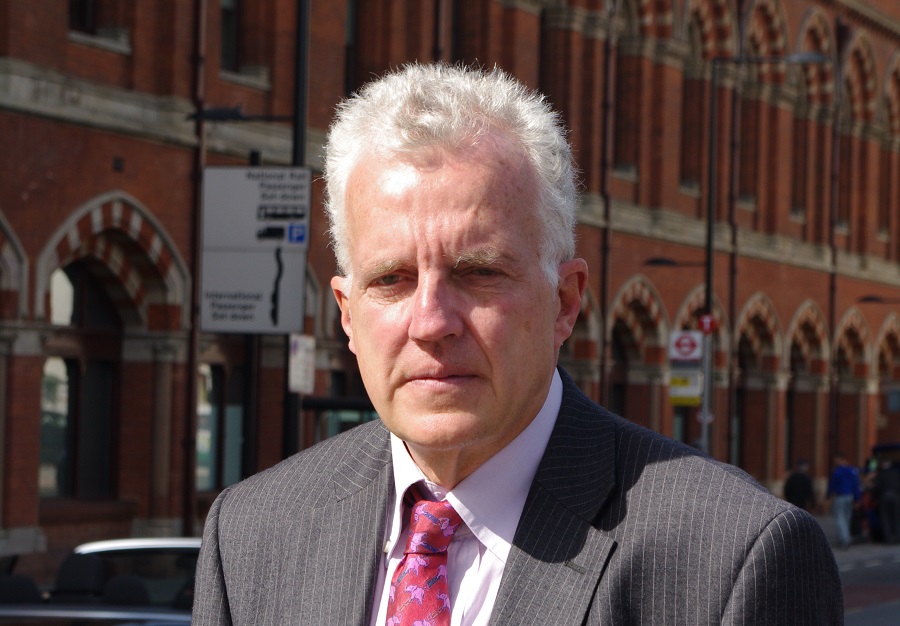Richard Webster, The secret of Bryn Estyn, the making of a modern witch hunt, The Orwell Press, 722 pp, £25
Allegations of abuse, particularly sexual abuse which has taken place a long time ago, pose particular problems for those investigating them. There are rarely any independent witnesses, and forensic evidence has obviously long disappeared.
Therefore, when allegations began to be made about abuse in care homes in North Wales, the police developed a novel approach to investigating them. They contacted former residents and asked them if they had been abused. This process poses a number of dangers. The police have to be very careful not to provide information that will contaminate the evidence, by inadvertently revealing details that can be used as the basis of false claims. The fact that such allegations could then lead to claims for compensation heightens this risk.
Webster’s thesis, supported by nine years of research, is that the whole investigative and judicial process in North Wales and other similar cases was fundamentally flawed and amounted to a societal witch hunt against child care workers.
There is, indeed, a sense of moral panic around child sex abuse which has now reached epidemic proportions – I have just noticed a sign in my cricket club saying I may no longer share the showers with anyone under 16.
In many cases, allegations that do not stand up to careful scrutiny have all too easily been believed. It is unarguable that Webster has a powerful case in much of his central argument: Alison Taylor, the main instigator of the North Wales inquiry gave conflicting accounts of various incidents, and Webster’s forensic dissection of her evidence will make an interesting libel case should she dare to instigate proceedings; the investigation by The Independent which first brought the story to wider attention was undoubtedly a shoddy piece of journalism that does not stand up to Webster’s detailed analysis; and, he is right to say that the Waterhouse inquiry into North Wales, which ran to 1000 pages, was a shoddy piece of work conducted by a judge who was past his sell by date and which started from the wrong premise because it was based on the assumption that the allegations were true, rather than making any attempt to assess their worth.
That is not to say there was not a lot of abuse of children in some homes. But, ironically, the homes in North Wales were probably not among them. Webster’s detailed exposition of how the ‘scandal’ unfolded, despite scant hard evidence, should be required reading for newsdesks.
However, there was at least one well-founded conviction since the defendant, Stephen Norris, admitted his guilt. Webster ignores the details of this case and clearly rather wishes it had not happened because he is so intent on concentrating instead on the flaws in the many others that emerged in its wake.
That is because Webster’s perspective is entirely from the point of view of the defendants. He glosses over the sheer horror endured by victims of child abuse and ultimately Webster seems only to accept the guilt of alleged perpetrators if they have actually confessed to their crimes. He argues, therefore, that the police should completely abandon all trawling operations into historic child abuse cases – interviews with former residents to ascertain whether they had been abused – on the basis that they are not only a waste of money but highly likely to result in miscarriages of justice. He accepts that the price will be many abusers going unpunished but he quotes Lord Woolf – ‘it is more important that the innocent are not wrongly convicted’ – to reinforce his point.
Webster’s solution is to revert to the legal principle that allegations of similar behaviour cannot be used in prosecutions. Allowing ‘similar fact evidence’ opens the way for witnesses to make up evidence that cannot be easily refuted but which cumulatively makes an apparently good case for the prosecution.
The book will make uncomfortable reading for all those involved in investigating these cases, from police and lawyers to journalists and judges. Webster’s forensic skill in highlighting contradictions in statements – such as care workers not even having been employed in the home at the time of the alleged abuse – could well have been used by all of them, too. His accounts of the cases make for compelling reading, although he could have done with a more brutal editor to reduce the sheer bulk of this tome whose central message would have been made all the stronger had Webster shown just a bit more compassion towards the many victims he accepts do exist.
